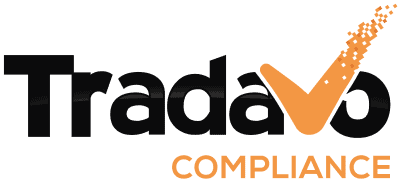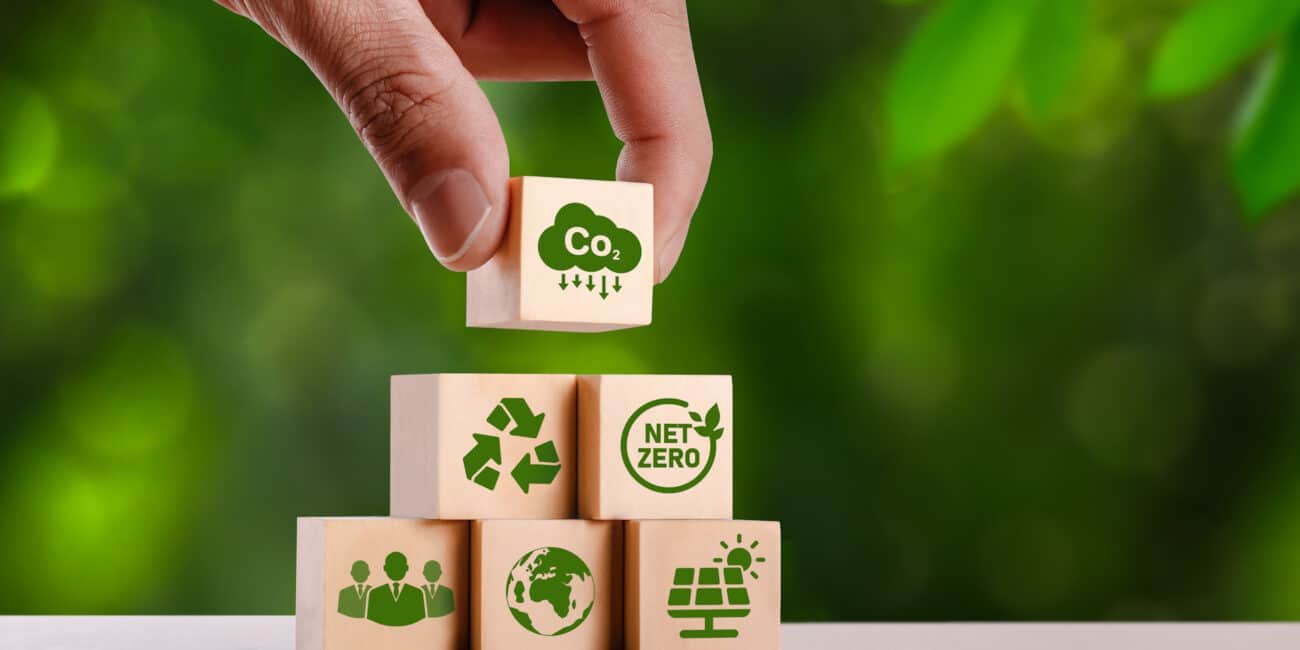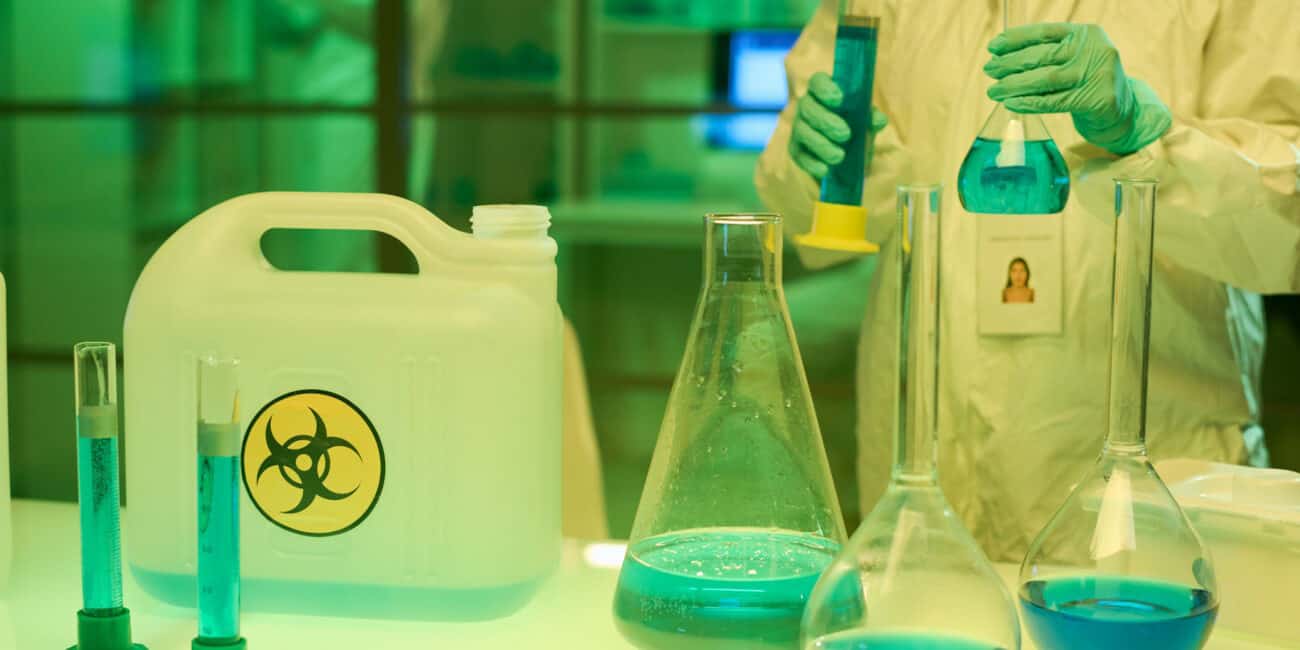Toy Safety Directive & Toy Safety Regulation
Ensuring the safety of toys is one of the main concerns of the European Union. This issue is important not only for the families who bring toys into their homes, but for manufacturers and sellers as well. In light of the continuous chemical and technical evolution and, not least of all, the increasing globalization of commerce, the EU revised the applicable provisions and plans to introduce a new Toy Safety Regulation that will replace the current Directive 2009/48/EC. What does that mean, precisely? And what are the consequences for the toy industry?
Definition and scope of application of toys
European legislation specifies clearly which products are considered toys, and which specific requirements in terms of safety they have to meet. These requirements are particularly important because products that are classified as toys are subject to strict regulations that are meant to guarantee the health and safety of the children playing with such toys.
What is a toy?
The EU Directive 2009/48/EC, and the imminent changes due to the new EU Toy Safety Regulation, clearly define what a toy is. Generally speaking, the category of toys includes all products designed or intended for use in play by children under 14 years of age. As you can see, this is a very broad definition. The definitions refers to the product’s function and design being designed in such a way that the safety of the young users is always ensured. However, if products are not exclusively used in play, as described in the section “Exceptions from the definition of toys” below, for example, they are usually not covered by this definition, unless they are explicitly produced for children.

Scope of the EU Toy Safety Directive
In terms of its scope, the EU Toy Safety Directive covers all toys marketed within the European Economic Area, EEA. Consequently, every toy that is made available on the market must mandatorily meet the requirements specified in the Directive. This is usually certified by the CE marking. It confirms that the toy complies with the applicable EU safety, health and environmental standards, e.g., regarding flammability, hygiene, or chemical composition. If a toy poses a suffocation hazard due to small parts, or if there are other hazards, such toys have to be equipped with corresponding warnings in addition to the CE marking. Such warnings must always be clear and understandable, and affixed either directly to the product or the corresponding packaging.
Exceptions from the definition of toys
Undoubtedly, there are exceptions from the above-mentioned definition, since just because a product can be used by a child, that does not necessarily mean that it has to be declared as a toy in the legal sense. The Directive clearly states which products are not classified as toys, including:
- Professional equipment, i.e., products that are intended for use in a professional or public environment, even if they can, theoretically, be used by children as well.
- Decorative objects, i.e., products that are primarily intended for decoration, even if they could also be used in play by children.
- Collector’s items intended explicitly for collectors of every age. They often have a high collector’s value. What’s important is that such collector’s items are not produced explicitly for children under the age of 14.
- Sports equipment and certain types of sports devices that are usually designed for older children or adults.

Obligations of manufacturers and sellers
Toy safety is a key aspect of consumer protection in the European Union. Both manufacturers and sellers are responsible for ensuring that only safe toys can be procured on the market. Pursuant to the currently applicable EU Toy Safety Directive 2009/48/EC and its national equivalents, such as the Second regulation regarding the Product Safety Act (2nd ProdSV) in Germany, there are comprehensive obligations that have to be observed in order to really meet the safety standards. Now then, what are the specific obligations of manufacturers and sellers?
Manufacturers’ obligations
The primary responsibility for ensuring that the products they manufacture comply with the safety standards of the EU lies with the manufacturers. This is not their only obligation, though. The following aspects also fall into their area of responsibility:
- Safety assessment: Before the manufacturer is allowed to put their products on the market, they must mandatorily do a safety assessment. This assessment is supposed to identify and assess any and all hazards that could possibly be caused by the toy.
- Declaration of Conformity: In the EU, every toy that is put on the market is required to be equipped with an EU Declaration of Conformity. It certifies that the toy really meets all relevant safety requirements.
- Technical documentation: Manufacturers are obligated to compile – and continuously update – a detailed technical documentation. This documentation has to include descriptions of the manufacturing processes, the design data, the safety assessments, and the test results. With this information, the consumer can be certain that the toy is truly safe, provided that it is used properly.
- CE marking: Once the toys have gone through and passed the safety assessment and the required conformity assessment procedures, the manufacturer is required to confirm this by means of the CE marking. The marking has to be affixed to the toy in a permanent, visible and legible manner, clearly showing that the toy complies with the applicable EU regulations.

Sellers’ obligations
Obviously, the sellers are not responsible for the production of the toys, but that does not mean that they are not subject to obligations of their own. The sellers have a responsibility, too, as described in more detail below:
- Compliance check: Sellers are not allowed to blindly buy just any toy and offer it for sale on the market. In fact, they are obligated to check that all the toys they consider selling are equipped with a corresponding CE marking and that the required documentation is provided before they put the toys on the market. A toy may be sold only if it complies with the EU regulations!
- Provision of information: Before selling a toy, sellers have to ensure that all required warnings and corresponding safety information are clearly visible and understandable to potential buyers. This includes checking that the accompanying documents, which sometimes include instructions and safety information, are provided in the respective language of th EU member state in which the toy is sold.
- Active monitoring and feedback: Sellers are obligated to continuously and actively monitor the market, and to report any complaint or safety issue regarding a toy that they receive to the manufacturer or the competent authority immediately. This is the only way to recognize and mitigate potential hazards in time.
Cooperation with market surveillance authorities
Close cooperation between the market surveillance authorities and the sellers and manufacturers is important. It is the only way to be absolutely certain that the regulations are really and truly complied with. In this context, sellers and manufacturers are required to provide information and documents upon request, and to cooperate in the case of a recall or withdrawal of non-compliant products from the market. Complying with these statutory requirements is crucial in order to be able to maintain the highest safety standards and minimize the risk of accidents or injuries for children.
Special regulations for certain types of toys
Certain types of toys, i.e., toys that may pose particular risks due to their properties or intended use, have to comply with specific regulations provided for in the European legislation on toy safety. These regulations are designed to ensure the safety and health of children when playing with such toys. Now, which types of toys are subject to these specific regulations, and what has to be observed in terms of safety requirements in this respect?
First of all, any kind of chemical toy, e.g., science kits or slime-making kits, falls into this category. This type of toy may pose chemical hazards, which means that they have to be clearly labeled. In addition, such toys have to include detailed instructions and safety information describing how to properly handle the chemicals. Furthermore, the toy must not pose a health hazard, even if it is used improperly or incorrectly.
In addition to chemical toys, activity toys also fall into this category. Activity toys are toys that are intended to promote the physical activity of children, such as climbers, slides, or swings intended for indoor use. The design of such toys has to be particularly safe and robust. The European safety standards stipulate that the toy has to be stable and steady, and that it must not present and sharp points or edges that could pose a risk of injury. Furthermore, the regulations clearly define the maximum fall height and the ground covering required for the use of toys of this category.

There are special regulations for electrical toys, i.e., toys that use batteries or an electric drive, as well. This type of toy is subject to particularly strict regulations in order to prevent electrical injuries. These regulations in particular include requirements regarding electrical safety, e.g., insulated wiring and safe housing of the batteries, in order to prevent short-circuits or leakage. In addition, toys in this category have to comply with the European Low Voltage and EMC (Electromagnetic Compatibility) Directives.
Next, toys intended for coming into contact with food are also included in this category. This includes children’s cutlery or or toy cookware. The quality of such toys has to be such that they cannot cause any contamination. This means that the materials used must necessarily be food-safe and must not release any harmful substances that could ultimately be transferred to the food.
Last but not least, so-called functional toys also fall into this category. Functional toys are toys that imitate real appliances and present similar functions to that effect, such as children’s sewing machines or toy vacuum cleaners. Such toys have to be designed in such a way that, even if they are predictably used improperly, they do not pose any hazard and are therefore safe. This means: Small parts that could be swallowed must not easily break off, and mechanical functions must not be unprotected, causing a risk of contusion or cuts.
A look at the expected changes
On July 28, 2023, the draft of the new Toy Safety Regulation was submitted to the EU Commission, but it has not yet been adopted. The objective of the draft is to replace the current Directive 2009/48/EC with a more comprehensive Regulation applicable in all the EU member states. The direct applicability is meant to eliminate the differences resulting from the adoption on the national level and ensure consistent safety standards for all children in the EU.
The focus is on the introduction of a Digital Product Passport that is supposed to act as the key document, making the previous EU Declaration of Conformity obsolete. The Passport is meant to contain all important information relating to the toy, including details about the chemicals and materials used, manufacturer data, compliance with EU regulations, and product identification. Furthermore, the chemical requirements for toys are going to be tightened in order to improve the protection from harmful chemicals. Consequently, there will be stricter limits and prohibitions of certain hazardous substances, thus reducing the health risks for children.
In addition, changes are planned with respect to market surveillance. Surveillance measures are going to be increased, which is meant to help with compliance with the high safety standards. The Digital Product Passport plays an important role in this context because it will make checking product compliance that much more efficient and, most importantly, faster. If the check reveals that the product is not compliant, its withdrawal from the market will be more efficient as well.
The obligations of all the economic stakeholders in the toy supply chain are also planned to be expanded. The objective of all these planned changes is to obligate sellers, manufacturers and importers alike to actively contribute to the safety of toys, seeing as each of them may then be required to check compliance with the safety standards and provide relevant information.
These changes will no doubt have far-reaching consequences—for all parties involved. This means that it is all the more important to deal with the new regulations sooner rather than later. The imminent changes reflect the continuous efforts of the EU to increase the safety standards for toys and improve the protection of children.
We at Tradavo can help you
Do you need help with all these regulations? Make an appointment for a non-committal initial consultation with our compliance experts at Tradavo, and we will work with you to find out where you need to take action and how we can best help you with that!
You need assistance?
It is best to book an appointment directly for a free initial consultation.
Who wrote this article?
As an author, Christina fills the blog section of our website with exciting and informative articles, so that our readers can always take care of product compliance in their company in the most well-informed way.




